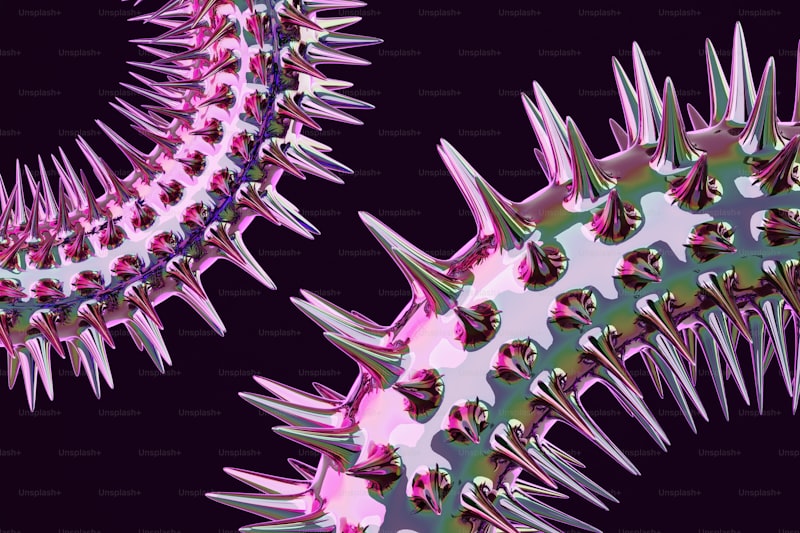Exploring Floral Structure Techniques: Elevate Your Floral Arrangements
Introduction to Floral Structure Techniques
Floral arrangements are an essential part of various events, from weddings to corporate gatherings and everything in between. To create stunning floral displays, understanding and mastering various Floral Structure Techniques is crucial. In this article, we will delve into the different methods and tips for enhancing your floral design skills, making your arrangements stand out.
What Are Floral Structure Techniques?
Floral Structure Techniques refer to the methods and frameworks used to create balanced and visually appealing floral arrangements. These techniques can involve specific arrangements, choices in materials, and construction methods that allow the flowers to resonate with their natural beauty while ensuring durability and aesthetics. Mastering these techniques is an art that requires practice, creativity, and attention to detail.
The Importance of Floral Structure Techniques
Understanding Floral Structure Techniques is crucial for several reasons:
- Aesthetic Appeal: Proper structure leads to more attractive arrangements.
- Durability: Well-constructed designs last longer.
- Creativity: Techniques inspire unique interpretations.
- Variety: Knowledge of various methods allows for diverse arrangements.
Popular Floral Structure Techniques
Now, we’ll explore some of the most popular and effective floral structure techniques:
1. Spiral Technique
The spiral technique is one of the most widely used methods in floral design. This technique involves arranging stems in a spiral pattern, which allows for a balanced and organic look. The key to the spiral structure is to keep all stems at a consistent angle, creating a dynamic yet cohesive arrangement.
2. Layering
Layering involves placing flowers in levels or rows, creating depth and contrast. This technique is beneficial for adding drama and visual interest to an arrangement. By strategically layering smaller blooms on top of larger ones, you can create a beautiful gradient effect.
3. Grid Technique
The grid technique employs a framework using tape or other materials to hold stems in place. This method is particularly useful for creating structured and symmetrical designs. The grid acts as a guide, ensuring that every flower is positioned precisely, contributing to the overall harmony of the arrangement.
4. Bouquet Hold Technique
This technique is commonly used for wedding bouquets. Florists often hold the bouquet in one hand while arranging the flowers with the other, creating a natural flow and shape. The bouquet hold allows for individual adjustment of flower positions, which is ideal for personalized designs.
5. Ikebana
Ikebana is a traditional Japanese floral art that emphasizes simplicity, balance, and harmony with nature. Unlike Western flower arrangements, Ikebana focuses on the line, balance, and negative space. This technique encourages using fewer materials to make a bold statement.
| Technique | Description |
|---|---|
| Spiral Technique | Arrangement in a spiral pattern for a natural look. |
| Layering | Creating depth with levels of flowers. |
| Grid Technique | A framework to hold flowers for structured designs. |
| Bouquet Hold Technique | Holding the bouquet while adjusting flowers. |
| Ikebana | Traditional Japanese art focusing on simplicity and balance. |
Choosing the Right Flowers
Another essential element of Floral Structure Techniques is the selection of flowers. Not all flowers work well together, and their shapes, sizes, and colors can dramatically affect the overall look of your arrangement. Here are some tips for choosing the right flowers:
- Color Harmony: Choose colors that complement one another. Consider using a color wheel to help with your selection.
- Texture Variety: Mixing various textures can add depth and interest to your design.
- Long-lasting Blooms: Consider the longevity of the flowers when creating arrangements for events.
Incorporating Greenery
Greenery, such as leaves and stems, plays a significant role in floral arrangements. It adds volume, texture, and a natural touch, supporting the overall structure of the design. Some popular types of greenery include:
- Eucalyptus: Known for its silvery leaves and pleasant fragrance.
- Ferns: Great for adding a lush look to arrangements.
- Ruscus: A versatile greenery that provides structure and support.
Tips for Successful Floral Arrangements
To help you successfully implement Floral Structure Techniques in your designs, consider the following tips:
- Keep it Fresh: Use freshly cut flowers for the best results.
- Balance Your Arrangement: Ensure the weight and visual balance of your design.
- Practice, Practice, Practice: The more you practice different techniques, the better you will become.
- Seek Inspiration: Look for inspiration from nature, art, and other floral designers.
- Don’t Be Afraid to Experiment: Creativity flourishes with experimentation.

Conclusion
Mastering Floral Structure Techniques can significantly enhance your floral design capabilities, enabling you to create beautiful and enduring arrangements. By understanding and applying various techniques such as spiral arrangements, layering, and Ikebana, you can transform your floral displays into works of art. Remember to choose the right flowers and incorporate greenery thoughtfully to support your design structure. Always practice and seek inspiration to refine your skills. As you continue developing your floral arranging techniques, you’ll find that the possibilities are endless, leading to uniquely stunning creations!
Final Tips and Considerations
As you embark on your floral design journey, keep in mind that patience and practice are key. Floral designing is not only about following techniques; it's also about expressing your creativity and personal touch. Don't hesitate to push the boundaries of traditional methods and let your imagination flourish. Remember to have fun while you create, and soon enough, you'll be able to showcase your beautiful designs at events, celebrations, or even in your home. Happy arranging!